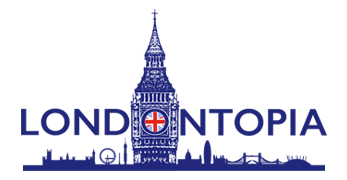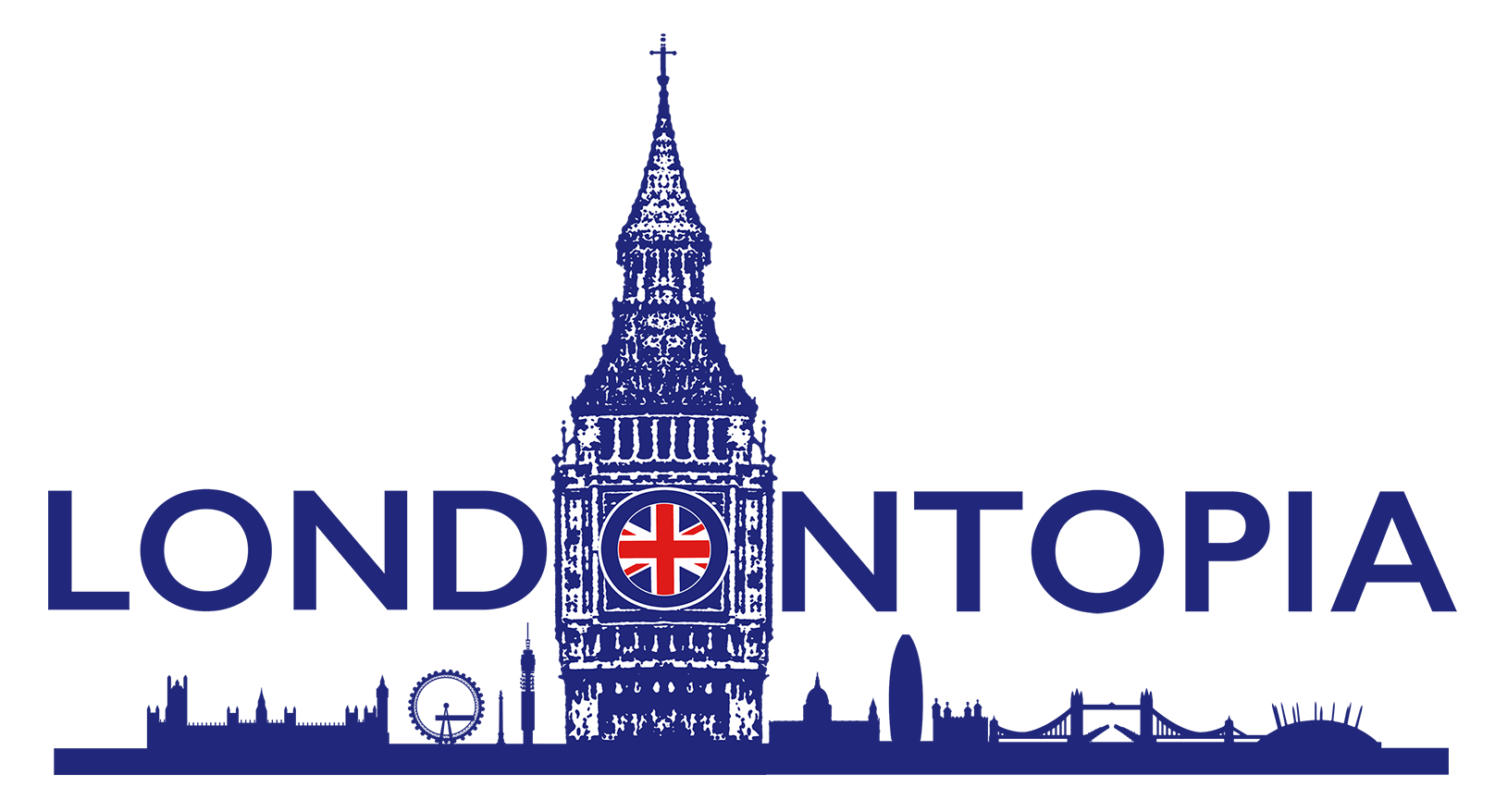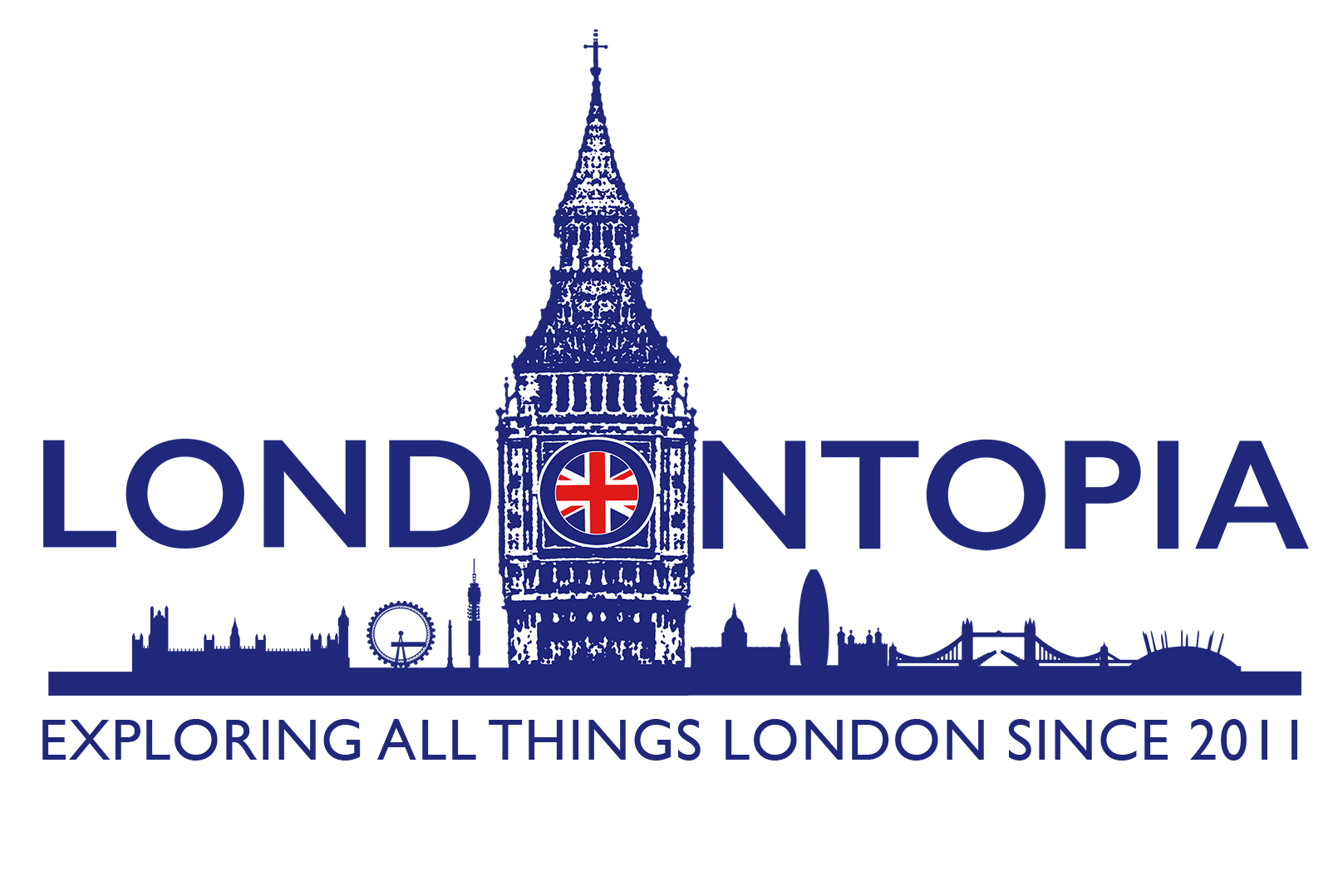Celebrating its 135th anniversary this year, the Natural History Museum in London began when medical doctor Sir Hans Sloane permitted the British government to buy his vast collection of biological artefacts. The collection became part of the British Museum at Montagu House, but by the mid-19th Century, it became painfully obvious that the British Museum wasn’t up to preserving such a large collection. The Natural History Museum got its own building in 1881 and later broke away completely from the British Museum. Home today to the Geological Museum, the Darwin Centre, and the Attenborough Studio, there are many interesting specimens and even more interesting facts. Examine ten of those facts below.
Campaign for Independence
The Natural History Museum had fought to be separate from the British Museum since 1861 and had good reason. In its early history under the British Museum, the natural collections often suffered from incompetent staff, George Shaw, who threatened to destroy any shell not in a certain scientific text, another staff member who intentionally took off the labels of insects identified by a rival, and a Principal Librarian who actively discouraged the public from viewing the natural exhibits. The Natural Museum didn’t gain its independence and own board of directors until 1963, but it was still known as British Museum (Natural History) until 1992.
No Charge
The museum admission is free. The museum is kept up through donations and government funds.
Huge
The museum’s collection includes over 70 million botanical items, 55 million animal exhibits, 9 million archaeological relics, and 500,000 rocks and minerals. As stated, the original collection came from Sir Hans Sloane, who also invented hot chocolate.
Must Go Faster
One of the most interesting dinosaur exhibits is the museum’s mechanical Tyrannosaurus Rex, which helps visitors understand how the dinosaur moved and behaved.
Dippy the Dino
One of the most famous pieces in the Natural History Museum is Dippy, a 26-metre long Diplodocus. The skeleton was cast from a type specimen found in America, and on its unveiling in 1905, became an instant hit, featured in newspaper articles, comic strips, and even films. The diplodocus as a species of dinosaur was first described by Professor Othniel C. Marsh at Yale University in 1878. It is believed to have lived from 156 million to 145 million years ago. Dippy is scheduled to go on tour throughout the UK in 2018, at which time it will be replaced by a blue whale.
Visitor Figures
Over 4 million people visit the Natural History Museum every year.
Architecture
Francis Fowke was the designer of the Natural History Museum and was also responsible for the Royal Albert Hall and the Victoria and Albert Museum. However, he died a year later in 1865 and Albert Waterhouse took over, coming up with a completely different plan for the Kensington building. Waterhouse’s design was Romanesque and he opted to use terracotta to stand up to the sooty London climate. One of the most interesting aspects of the Great Hall often goes unnoticed except to those in the know or with a keen eye. The gallery ceilings are adorned with intricate tiles that feature plants from all over the world on 162 panels.
Late-Night Shenanigans
The museum stays open late on the last Friday of the month from 6 – 10 PM. School groups and other organisations can arrange for special sleepovers.
Newer Parts
The Darwin Centre honours the biologist by housing the Natural History Museum’s millions of preserved specimens. Serving as an education centre, part of the building dedicated to etymology (the study of insects) is actually shaped like a cocoon. Meanwhile, the Attenborough Studio, named for Sir David Attenborough, appropriately shows any number of historic films and nature documentaries. No telling how many of those documentaries are his.
Special Collections
The Spirit Collection Tour takes you on a thirty-minute exploration of the museums book and collection shelves, including many items collected by Charles Darwin himself. A fifty-minute version of the tour is available at 1:30 PM Monday through Friday.
A Little Bit of London In Your Inbox Weekly. Sign-up for our free weekly London newsletter. Sent every Friday with the latest news from London!






I love the humour! And I wish I lived in London …